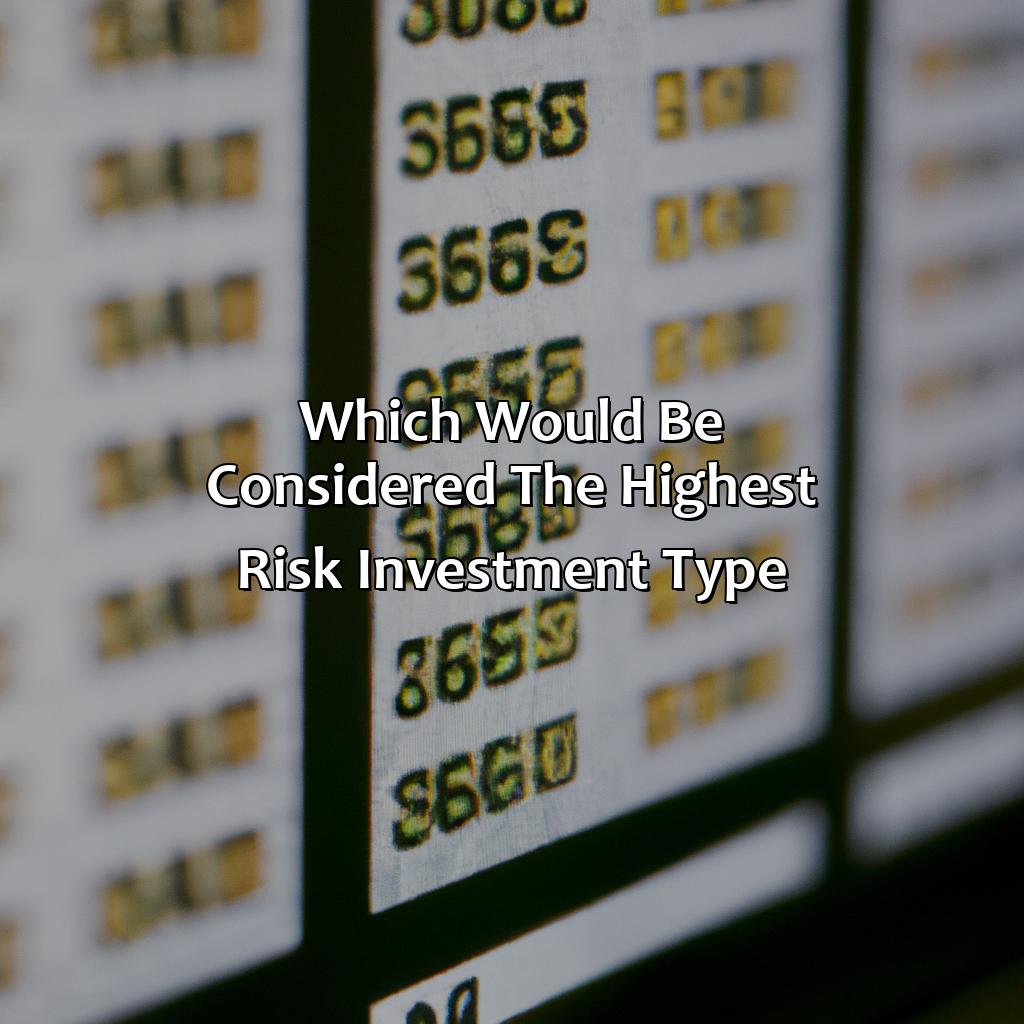Which Would Be Considered The Highest Risk Investment Type?
Key Takeaways:
- Investment risk is determined by various factors, including market volatility, liquidity, and political stability. The higher the risk, the higher the potential reward.
- Among the different types of investments, stocks are considered to be the highest risk due to their volatile nature. The prices of stocks can fluctuate rapidly due to a wide range of factors, making it a risky investment.
- Other investment types, such as bonds, real estate, and commodities, are also subject to risk factors but are typically less volatile than stocks. Diversifying investments across different types can help mitigate risk and provide better returns over the long term.
Are you looking to invest your money but unsure which type would yield the highest return? Our article will explore the various types of investments and give advice on which would be considered the highest risk. You’ll learn the pros and cons of investing to make a well-informed decision.
Defining investment type
Investment types refer to the various financial vehicles that individuals or organizations can buy or sell with an aim of generating returns. These types include stocks, bonds, mutual funds, real estate, and alternative investments like cryptocurrencies and commodities. Each type differs in terms of risk, liquidity, and potential returns. The risk associated with a particular type depends on the underlying assets, market conditions, and economic factors. Hence, it is difficult to categorize one investment type as the highest risk in all cases.
Considering the general trend and historical data, alternative investments like derivatives, hedge funds, and venture capital carry higher risk than traditional stocks or bonds. However, the potential rewards are also higher. Additionally, investments made in emerging markets or sectors involve higher risk due to political instability, currency fluctuations, and lack of regulation.
Pro Tip: Before investing in any financial instrument, it is essential to understand the risk appetite, return expectations, and investment horizon. Diversification across different asset classes and types can mitigate risks and optimize returns.
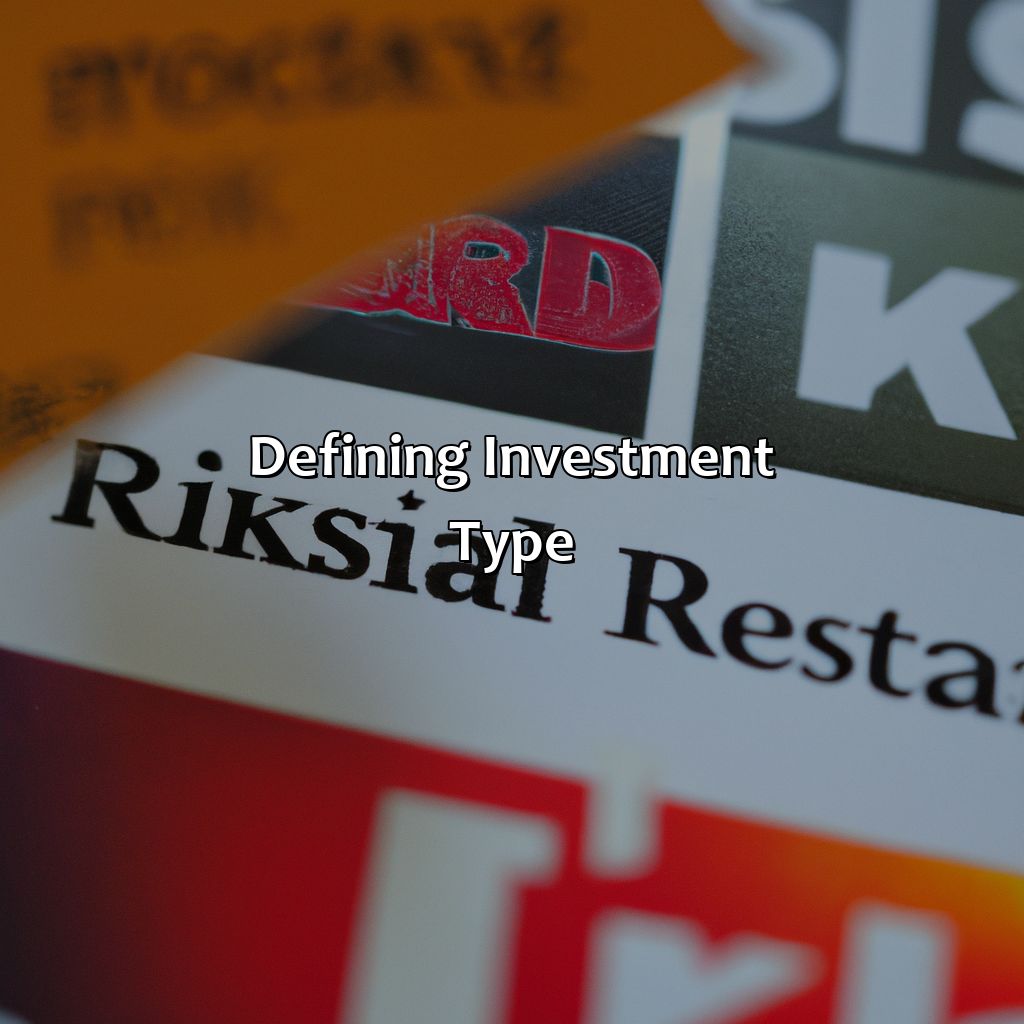
Image credits: retiregenz.com by Joel Jones
Factors affecting investment risk
To get a grasp of the factors that shape investment risk in various types of investments, you have to bear in mind a few factors. Let’s probe into the “Factors affecting investment risk” section with the question “Which would be considered the highest risk investment type?”. We will dive into three subsections:
- Market volatility
- Liquidity
- Political stability
Each focusing on a different side of investment risk.
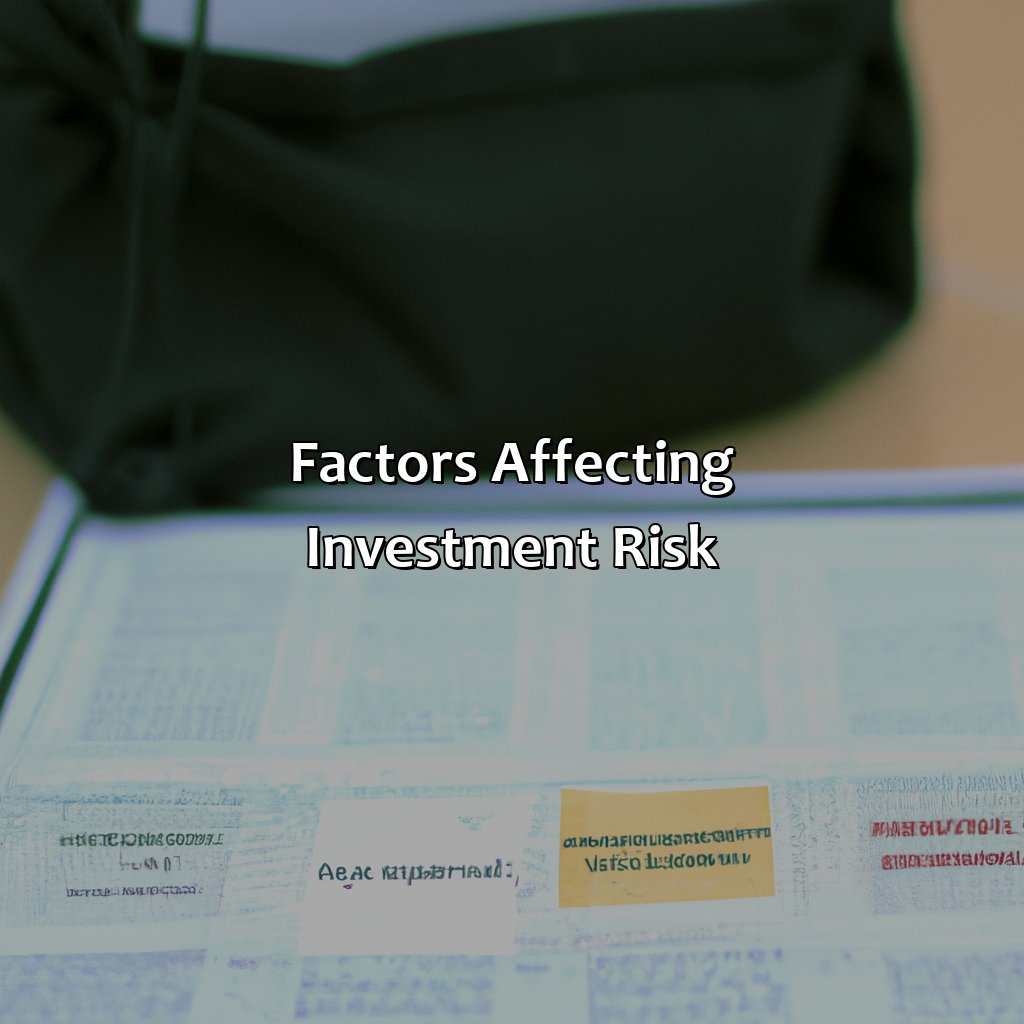
Image credits: retiregenz.com by James Duncun
Market volatility
The unpredictability and instability of the economy can lead to varying levels of investment risk. The impact of these changes on investments is known as economic uncertainty, which can pose a high level of risk for investors in unstable markets. Market uncertainty may be caused by political events, natural disasters, or pandemic outbreaks.
Furthermore, market volatility is a situation where stock prices fluctuate frequently and dramatically due to a change in demand and supply. This condition can result from many factors such as global tensions, company news, or sudden changes in economic indicators. As a result, investors would prefer to put their money in more stable assets rather than risky ones.
In addition to this, market volatility can be challenging for those who have not invested before. A good way for investors new to the market is through an investment strategy that balances short-term performance with long-term stability.
Once upon a time, Mr G had saved $1000 and wanted to invest it somewhere safe but with a relatively higher return compared to his bank’s savings account. He decided to invest his money in stock since he knew the stock prices typically go up over time. However, the next day there was a massive sell-off induced by global tensions cause significant volatility in the share prices leading to Mr G losing 40% of his investment within one trading day!
If you want to make a quick exit from a risky investment, just remember: liquidity is your best friend.
Liquidity
Investment liquidity refers to the ease with which an investment can be bought or sold without affecting its market value. Investments that can be traded quickly and easily are considered highly liquid, whereas investments that cannot be easily converted into cash without losing a significant amount of their value are less liquid. In other words, if an investor needs to sell their investment quickly for some reason, they will face less risk of losing money if their investment has high liquidity.
The level of liquidity in an investment depends on various factors such as the size of the market, trading volume, and demand from investors. Generally, stocks and bonds are more liquid than real estate or private equity investments as they tend to have larger markets with greater trading volume. However, within these asset classes, some individual investments may also have varying levels of liquidity.
It’s important for investors to consider the liquidity risk when making investment decisions as it determines how quickly they can access their money if needed. An investment that lacks liquidity could result in significant losses if the investor is forced to sell it at a loss due to unforeseen circumstances or changes in their financial situation.
Pro Tip: When investing in illiquid assets such as real estate or private equity, consider diversifying your portfolio by also investing in more liquid assets like stocks and bonds to manage overall risk.
Investing in a politically unstable country is like playing Russian roulette with your money.
Political stability
The stability of the government in power is known to have a profound impact on investment risk. Political continuity plays a crucial role in determining the perceived security of the market, hence investment opportunities. A government’s proactiveness in addressing economic concerns and potential external threats related to financial markets result in investors having greater confidence in their ability to invest. Conversely, a sudden change in government or a significant shift in policy can drastically increase risk levels and lead to considerable losses.
Investment decisions are made based on various factors such as financial performance, market trends, and global events. However, an often-ignored variable is political stability. Economically stable countries with predictable policies tend to offer lower investment risks since they provide dependable returns on investments compared to regimes characterized by instability or unpredictability. Despite this fact, most investors overlook it until they face stark realities like immeasurable loss due to political instability.
In making informed decisions, investors should review different aspects of current governance and leadership styles before committing their money towards any form of investments as these can be critical indicators when assessing political risks.
Pro Tip: Investing in developing economies does not necessarily mean higher returns or yields but rather exposes principal investments to conditions that may give room for unpleasant surprises including security breaches and political instability.
Get ready to learn about the different types of investments and how to lose money in creative ways.
Types of investment
Investment types like stocks, bonds, real estate, and commodities have unique risks and returns. Sub-sections will analyze the advantages and disadvantages of high and low-risk types. Stocks and bonds may give huge profits, or cause huge losses. Real estate and commodities, on the other hand, are more stable.
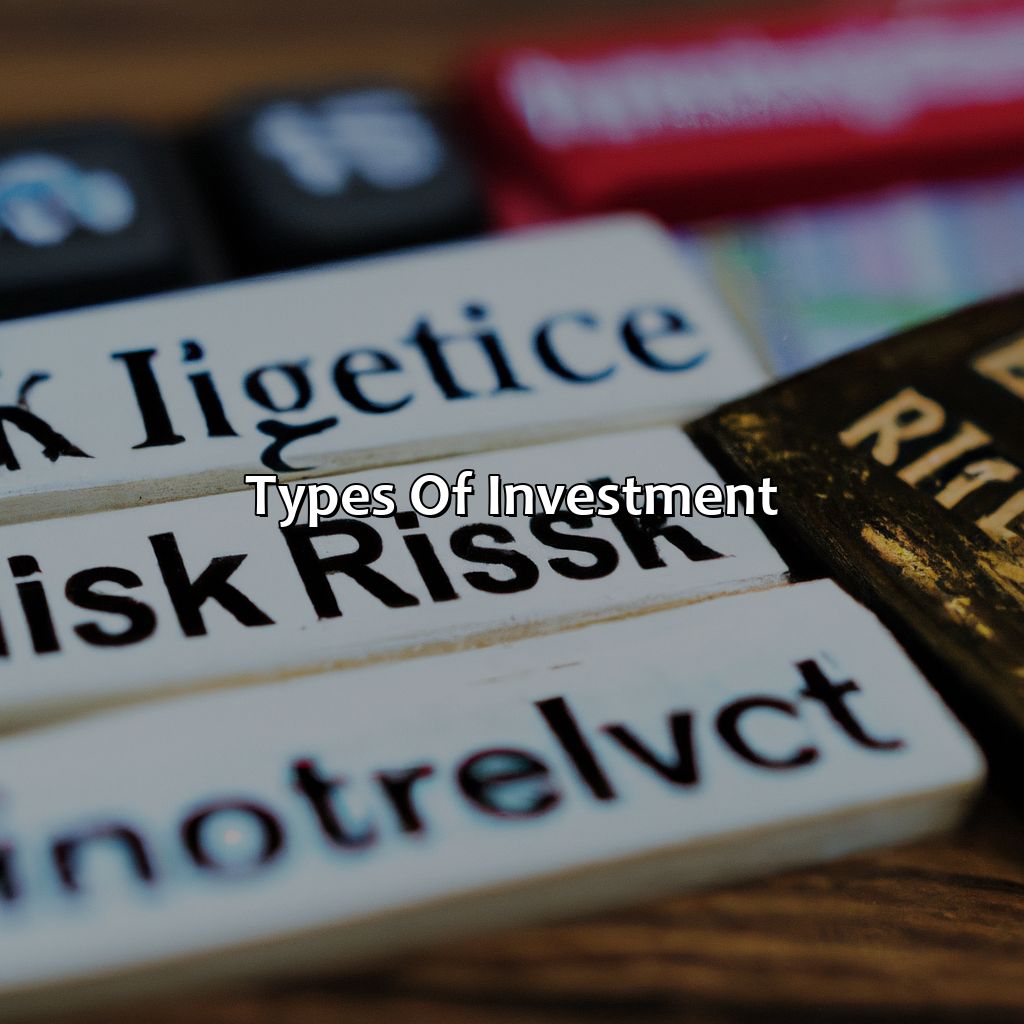
Image credits: retiregenz.com by Joel Arnold
Stocks
In the world of finance, equities are one of the most popular investment options available to investors. Now, let’s explore some specific aspects of this investment type.
| Type | Risk Level | Potential Returns |
| Blue-chip stocks | Low to Medium Risk | Dividends & Capital Gains |
| Penny stocks | High Risk | Possibly High Returns or Total Loss |
| Growth stocks | Higher than Average Risk | Sizable Capital Gains Trading Tactics Required/Minimal Dividends |
One unique feature of investing in the stock market is that it is influenced by various macro and microeconomic factors, making it unpredictable. Pro tip: Diversifying your portfolio is crucial as it helps reduce your risk and exposure to ups and downs in the market.
Investing in bonds is like going on a blind date – sometimes you’ll get lucky and sometimes you’ll end up with a total dud.
Bonds
Fixed-income securities that are issued by corporations or governments, and pay interest periodically are known as debt securities. These securities are a popular means of raising capital for the issuer and are called “Bonds”. Unlike other investment types, bonds have a fixed maturity date that assures the repayment of principal amount on maturity along with all the accrued interest. The creditworthiness of issuers determines bond risk, hence affects its yield. In general, bonds carry less risk than stocks but more than cash deposits.
To manage risk, bond investors own multiple issuers’ debt securities in portfolios. Corporate bonds may be further classified based on their repayment terms – short-term maturity (1-5 years) and long-term maturity (above 5 years). Governments’ bonds can also be categorized into Treasury bills/T-bills (less risky), Treasury notes/T-notes, and Treasury bonds/T-bonds (more risky).
Bond markets have a long history dating back to 2400 BC when King Shulgi offered copper IOUs to finance Babylon’s reconstruction. Over time, bonds became sophisticated financial instruments, and in the 17th century they were traded in the Amsterdam Stock Exchange. The earliest recorded use of modern government bonds dates back to 1693 when the English government raised funds through “loan certificates” that later became Britain’s development of the banking industry.
Real estate may be a high-risk investment, but at least when the market crashes, you can cry on your granite kitchen countertops.
Real Estate
Investing in physical property can be considered a lucrative and strong investment option. The ownership of immovable properties such as commercial or residential buildings, undeveloped land or agricultural farms, can potentially increase the value of the investor’s portfolio over time.
Real estate is an asset that offers several advantages, including periodic rental income, the potential for capital appreciation, and tax incentives. Investors should evaluate factors like location, property condition and financial feasibility before investing. The profits that real estate investments generate depend on timely decision-making based on these factors.
The spatial characteristics such as closeness to important infrastructure and natural resources can positively impact the property’s market value. Renovating or improving physical structures like buildings also enhances their market value; however, it is essential to calculate these costs rather than getting caught up in emotions like charm and novelty when investing in real estate.
Investors proceeded with caution during ‘The Great Recession’ from 2007 to 2009 after facing a massive drop in property prices. It was found that mortgage defaults significantly increased during this period, leading to dramatic evictions of borrowers with bad credit history through foreclosure proceedings. Hence investors should always be updated on market conditions while investing in real estate.
Commodities: Where you can turn your gold into lead and your oil into tears.
Commodities
Amidst high-risk investments, ‘Hard Assets’ have become a popular choice for investors. One such example is investing in ‘Commodities.’ These physical assets can be traded across multiple industries, offering diversified opportunities.
Below is a Table showcasing some of the major ‘Commodities,’ their types and market price:
| Commodity | Type | Market Price (as of March 2021) |
|---|---|---|
| Gold | Precious Metal | $1,728.86 per ounce |
| Crude Oil | Energy | $64.44 per barrel |
| Corn | Agriculture | $542.25 per bushel |
Investing in commodities can provide portfolio diversification and act as a hedge against inflation but may be susceptible to supply and demand fluctuations. It’s important to note that Commodities markets are largely influenced by global economic events, political volatility, and natural factors like climate change.
According to the World Gold Council, the demand for gold hit an 11-year high in H1 2020 with 1,050 tons purchased by central banks and ETFs globally.
Comparing investment risks is like comparing apples to hand grenades – both can cause explosions, but only one can leave you with a significant loss.
Comparative risk analysis
Analysing risk levels is essential for understanding the most dangerous type of investment. This section will guide you through sub-sections. These will compare each kind of investment against risk factors. Therefore, enabling you to find the riskiest investment type.
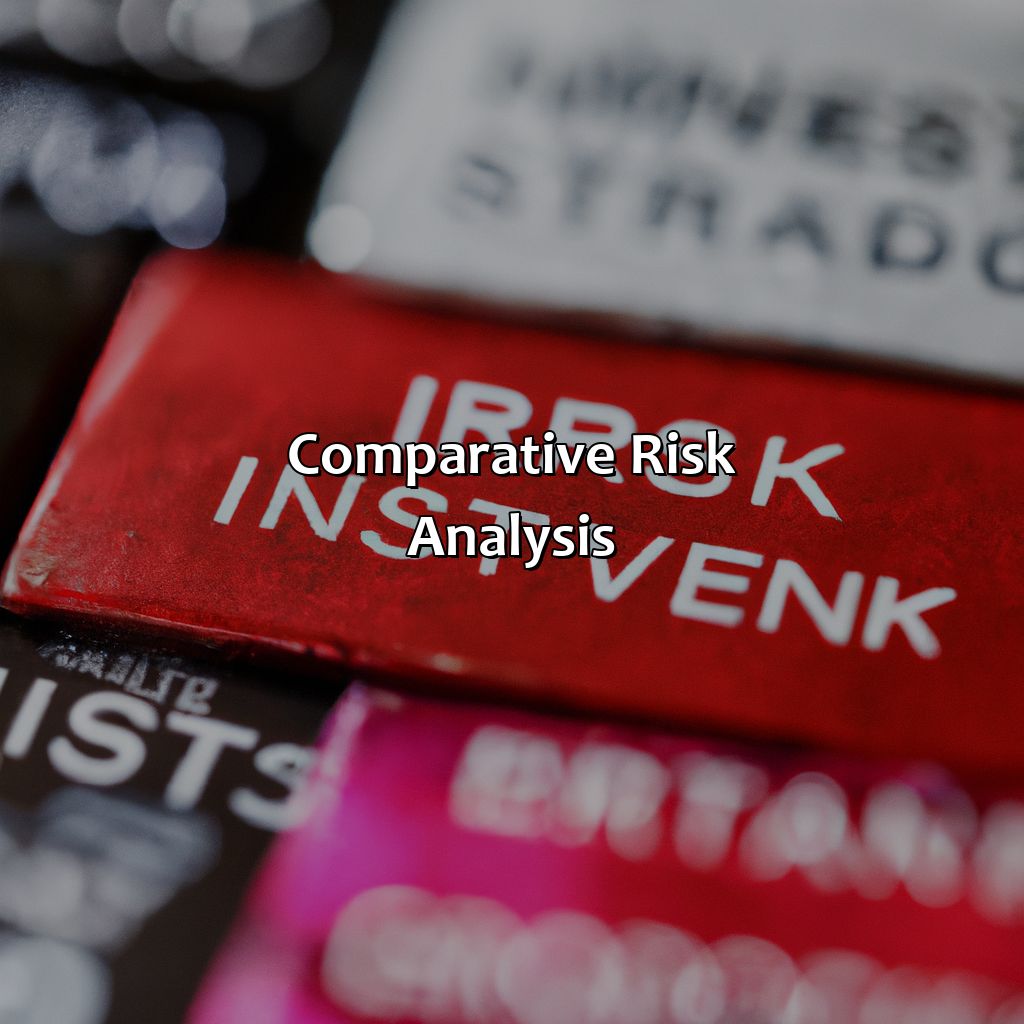
Image credits: retiregenz.com by Adam Washington
Examining each investment type against risk factors
Analyzing the risk factors of different investment types can help identify the highest risk options. To do this, it’s essential to examine each investment type against its unique risk factors comprehensively.
To provide a clear understanding, let us compare each investment type against their inherent risks using a table format. The table will comprise columns such as Investment Type, Risk Factor 1, Risk Factor 2, and Risk Factor 3. Within these columns, we can elaborate on the different potential threats associated with each investment category.
It is important to note that there are many other variables that one must consider when evaluating an investment’s overall level of risk – financial market conditions, interest rates fluctuations, geopolitical events and more. However, examining these three main risk factors should give you an idea of what kind of investment might have the most potential for losses.
Each category or type has its own attributes and sectors that may impact its dangers in some form. By doing so could bring unique details about how certain investments carry different elements inherent to them.
With information obtained from the previous analysis; one should invest their money depending on their goals and commitment to tackle risks associated with them. For instance, if someone decides to invest in a high-risk investment type due to higher expected profits but with major exposure to massive capital loss; diversification reduces risk through investing your money in multiple asset classes or markets could be suggested as it increases your probability for profit while minimizing potential loss at the same time.
Let’s just say that determining the highest risk investment type is like playing a game of Russian roulette with your finances.
Determining the highest risk investment type
Identifying the highest risk investment type can be determined through the method of comparative risk analysis. Different investment types carry different levels of risk, such as stocks, bonds, real estate, and commodities.
Evaluating each investment in regard to potential losses, gains, industry trends and economic conditions can provide an understanding of their risks. The investment with the highest variance between potential rewards and potential losses would be considered the highest risk.
Examining investment performance over time can also provide insights into high-risk investments. For example, analyzing stock market crashes or failures of hedge funds shows which investments have historically had higher risks. Alternative investments like cryptocurrency are another type that may present higher risks due to their volatility and lack of regulatory oversight.
It is important to note that every investor has different appetite levels for risk and what may be considered high-risk for one person may not be the same for another person. Therefore, it is advisable to consult with a financial advisor to determine individual goals and portfolio expectations.
A few years ago, investors flocked to a highly speculative start-up company with a promising idea but little business plan or track record; ultimately this company failed miserably causing significant investor losses. This illustrates the hazards of investing in a high-risk venture without performing sufficient due diligence on the company or product’s viability.
Five Facts About the Highest Risk Investment Type:
- ✅ The highest risk investment type is typically considered to be investing in individual stocks. (Source: The Balance)
- ✅ Investing in penny stocks is one of the most high-risk investment strategies due to the lack of information and volatility. (Source: Investopedia)
- ✅ Options trading is another high-risk investment strategy that involves betting on the price movements of underlying assets. (Source: Forbes)
- ✅ Cryptocurrencies like Bitcoin are also considered high-risk investments due to their extreme price volatility and lack of regulation. (Source: CNBC)
- ✅ Leverage and margin trading are high-risk investment techniques that magnify potential gains but also increase potential losses. (Source: Investopedia)
FAQs about Which Would Be Considered The Highest Risk Investment Type?
Which would be considered the highest risk investment type?
High-yield or junk bonds, penny stocks, options, and futures would be considered the highest risk investment type.
What are high-yield or junk bonds?
High-yield or junk bonds are bonds that offer a high return but also carry a high risk of default. These bonds are typically issued by companies with poor credit ratings.
What are penny stocks?
Penny stocks are stocks that are priced under $5 per share and are typically issued by small companies. These stocks carry a high risk of volatility and fraud because of their small size and lack of regulation.
What are options?
Options are contracts that give the owner the right, but not the obligation, to buy or sell an underlying asset at a specific price on or before a specific date. Options can be highly leveraged and carry a high risk of loss.
What are futures?
Futures are contracts that require the buyer to purchase an underlying asset at a specific price and time in the future. Futures can be highly leveraged and carry a high risk of loss due to volatility and price fluctuations.
What should I consider before investing in high risk investment types?
Before investing in high risk investment types, it’s important to consider your risk tolerance, investment goals, and financial situation. It’s also important to research and understand the potential risks and rewards of these investments.
